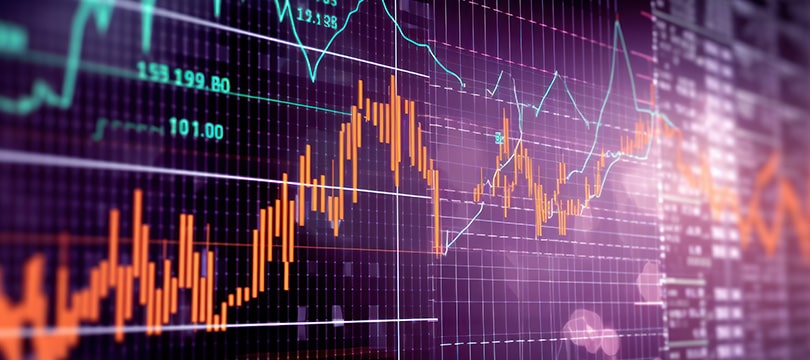Slippage is one of the most unpleasant phenomena a trader can encounter. It shuffles the cards on the table, compromising the execution of strategies and the outcome of investments.
In this article, we will provide a comprehensive definition of slippage, analyze the damage it can cause, and explain how to avoid it.
A Definition of Slippage
Slippage is the difference between the expected price for a trading operation and the price actually executed. This discrepancy occurs when there is a sudden change in market conditions, usually due to low liquidity or high volatility, generating executions at unfavorable prices. In essence, due to slippage, the trader enters the market at a different price than expected.
There are two main types of slippage:
- Positive Slippage: occurs when the operation is executed at a better price than expected, offering the trader an unexpected advantage.
- Negative Slippage: occurs when the operation is executed at a worse price than expected, causing a loss or lower profit.
The Damages of Slippage
The damages of slippage can be significant. Here's an overview:
- Loss of Expected Profits: negative slippage reduces planned profit margins, making even the most rigorous strategies less profitable. This damage intensifies with low-risk strategies or tight profit margins, where every pip is crucial.
- Increased Operating Costs: each price deviation represents an additional cost for the trader, adding to the trading commissions already incurred, reducing the profitability of operations.
- Negative Psychological Impact: frequent slippage undermines the trader's confidence in their strategies, increasing stress and reducing decision-making efficiency.
- Compromising Automated Strategies: algorithmic trading systems, designed to work with precision, can fail if executions differ from the set parameters.
How to Avoid Slippage
Slippage should be avoided at all costs. Here are some useful tips:
- Use Limit Orders: unlike market orders, limit orders allow you to set a maximum or minimum price, ensuring that the operation only takes place under predetermined conditions.
- Operate in Highly Liquid Markets: markets with high volumes, such as major currency pairs or stocks of heavily traded companies, reduce the risk of slippage thanks to the greater probability of finding a counterparty at the desired price.
- Avoid Moments of High Volatility: planning operations during more stable times, avoiding market opening/closing hours or economic announcements, helps limit exposure to slippage.
- Set Adequate Stop-Losses: balance the stop-loss level to prevent small price deviations from unnecessarily triggering it, reducing the negative consequences of slippage.
How Common is Slippage?
The frequency of slippage varies depending on the market and operating conditions. Here are some considerations:
- In Forex: slippage is less common but can occur during important economic announcements or periods of low liquidity, such as overnight hours. Forex, being a volatile market, is still subject to sudden price movements.
- In Stock Markets: the frequency of slippage depends on the capitalization and liquidity of the stocks. Large-cap, high-volume stocks tend to have a low risk of slippage, while less-traded stocks or those in emerging markets are more exposed.
- In the Futures Market: slippage is influenced by contract expiration dates and investor interest. Contracts close to expiration often see wider price movements, increasing the risk.
- In the Crypto Market: slippage is very common due to the extreme volatility of cryptocurrencies and the limited market depth of exchange platforms.
While slippage is a common phenomenon, it can be managed with the right strategies and precautions, minimizing its impact on trading operations.




